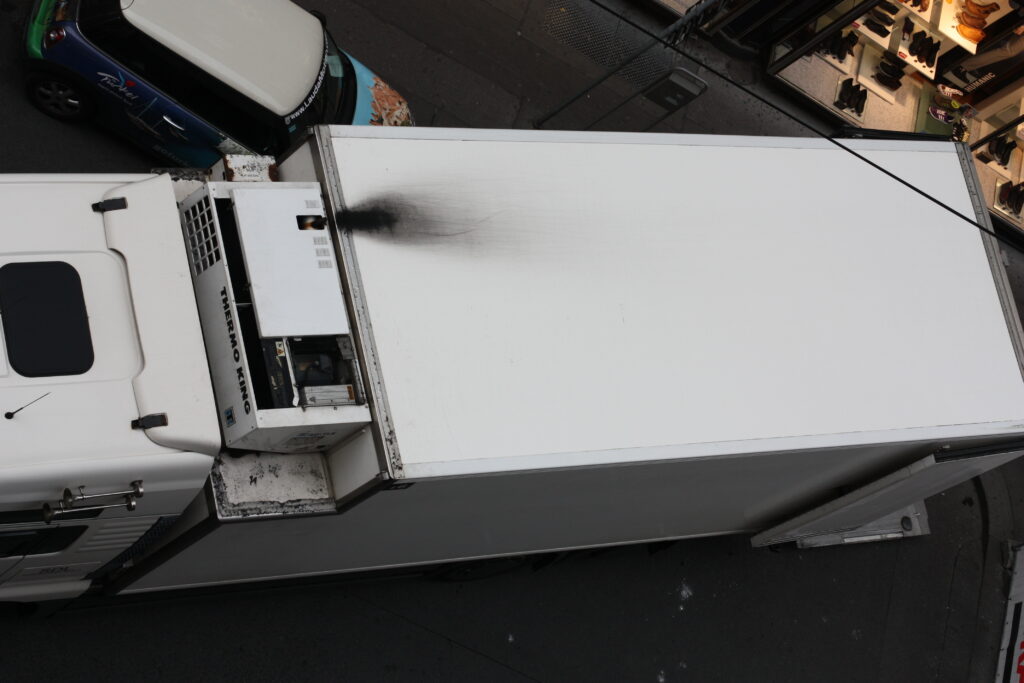London to probe refrigerated truck air quality impact
- PostedPublished 18 September 2015
Vehicle engine technology has to keep up with increasingly stringent emissions regulations, but the oft-overlooked subject of pollution from road transport refrigeration is now on the agenda as London authorities tackle air quality problems blamed for 25 premature deaths per day in the British capital.

Mayor of London Boris Johnson is under pressure to address air pollution following legal proceedings launched by the European Commission last year over “excessive” levels of nitrogen dioxide pollution.
Living up to its nickname ‘the big smoke’, London missed its 2010 targets under the European Union’s air pollution directive that came into force in 2008 – and will not achieve those levels until 2025.

Diesel engines are the main culprits of carcinogenic particulates and nitrogen dioxide pollution, which is linked to deadly respiratory illnesses.
Measures like particulate filters, exhaust gas recirculation and urea-based exhaust treatments are increasingly common on modern diesel engines and mandatory under Euro VI emissions regulations, but not on the auxiliary power units that drive the compressors of refrigerated trucks or containers.
London authorities must produce regular atmospheric emissions inventories to track various pollution types and their sources, but according to Boris Johnson’s response to a Mayoral question from London Assembly Member Steven Knight, the latest inventory due to be published later this year will not include data on nitrogen oxide and particulate emissions from auxiliary engines.
However the Mayor did say his officials “are considering how best to do this for the following edition of the London Atmospheric Emission Inventory, which is likely to be published in 2017”.
He said it was not possible to include auxiliary engines in the upcoming inventory, “given the complexity of quantifying and incorporating emissions sources”.
- CategoriesIn Latest News
- TagsSightGlass News Issue 3, transport refrigeration

